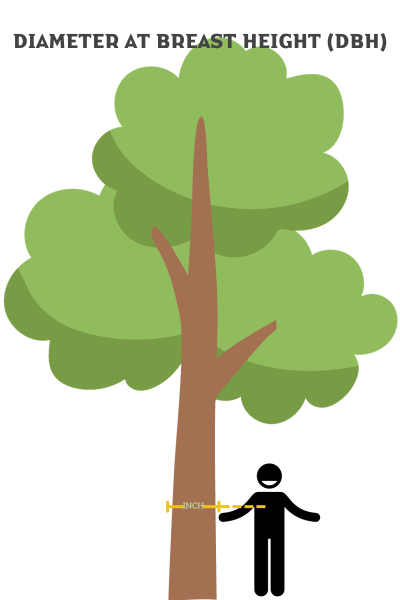How To Properly Water Your Trees

Your trees represent one of the most significant investments for your property, yet they are sometimes quickly forgotten once they are considered “established.” While there are various ways to care for these beautiful trees, let’s highlight the most crucial step that you can take without relying on the assistance of a lawn and tree care company – let’s discuss the proper method of watering your trees.
There’s an overlooked aspect worth noting: we’ve planted trees, which typically flourish in forests, into a residential lawn area and then anticipate the same successful growth despite the significantly different conditions from their natural habitat, which clearly isn’t going to happen. In a forest setting, trees benefit from shaded soil which helps retain moisture, receiving rich nutrients from decomposed material in the soil, and importantly, they don’t compete with lawn turf for nutrients and water.
As a general rule, trees typically require a minimum of 10 gallons of water per week per inch of Diameter at Breast Height (DBH). However, there’s often an assumption that trees will receive adequate water during a regular weekly lawn irrigation schedule. Unfortunately, the lawn tends to absorb most of this moisture before the tree roots can access any significant amount. Unless you have a drip irrigation system specifically directed toward your trees and shrubs, it’s almost certain that your trees are not receiving sufficient water. The diagram below shows how to measure DBH.

This blog is broken out to show how to water your trees per season in Southwest Montana.
Spring Watering:
In spring, it’s crucial to water your trees before they begin to bud and produce leaves. Around mid-March (depending on the weather), start watering your trees weekly. Typically, this means pulling a hose to your trees, turning the water on to a steady trickle, and leaving it to run at the base of the tree for about 30 minutes. In the weeks following, check the soil. If the top 3-4 inches around the tree are dry, it’s time to water them again.
Encouraging slow, deep watering helps your trees’ roots grow deeper, enabling them to draw more nutrients from the soil and become more resistant to drought and disease.
Summer Watering:
Continue the same watering schedule from spring. If you notice the leaves appearing limp, it’s a sign that they may need more water. Once again, check the top three to four inches of soil, and if they’re dry, give the trees a thorough drink by turning on the hose.
Fall and Winter Watering:
During fall and winter, focus primarily on watering your evergreen trees. Deciduous trees typically enter dormancy by late fall and will likely have shed their leaves and require much less attention at this time. Because evergreens retain their needles throughout winter, they need more water to prevent drying out from the severe winds and cold temperatures experienced in Montana. If they become dehydrated, they may suffer from “winter burn,” where the wind and cold weather strip them of moisture, kind of like windburn. This issue is especially prevalent in the Livingston, Montana area.
Starting in October and continuing through November, water your evergreen trees twice a month, dedicating approximately 30 minutes per tree. Use a gentle flow from the hose to facilitate deep watering. This serves two crucial purposes. Firstly, as the trees prepare for dormancy, the water assists in transporting nutrients to their roots, crucial during the winter. Secondly, it provides a reservoir of water for the trees to access, rather than relying on moisture from their needles as a last resort.
Watering your trees properly is going to prevent them from being susceptible to disease and drought now and for years to come. Make sure to give your trees a good drink to bring them to life in the spring and then continue that throughout the summer and early fall. Once you start getting into late fall and winter, specifically October and November, make sure to water your trees at least twice for each of those months!
If you are watering your evergreens properly and you’re still seeing winter burn, we do offer a service that helps hold in moisture that we do twice a year, once in the fall and once in the winter as weather permits. Please call our office to find out more or to get on the schedule for our Winter Burn Prevention service. 406-222-1152
Happy watering!
 Billpay
Billpay
